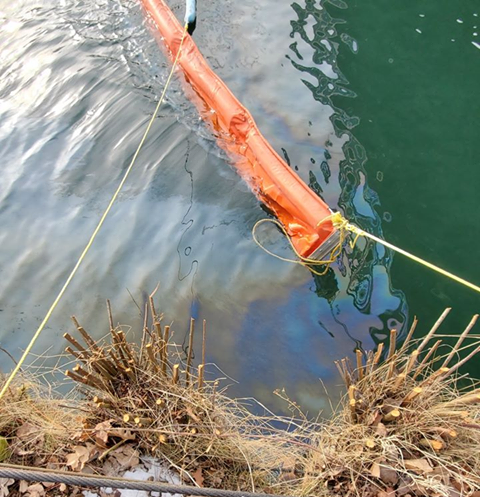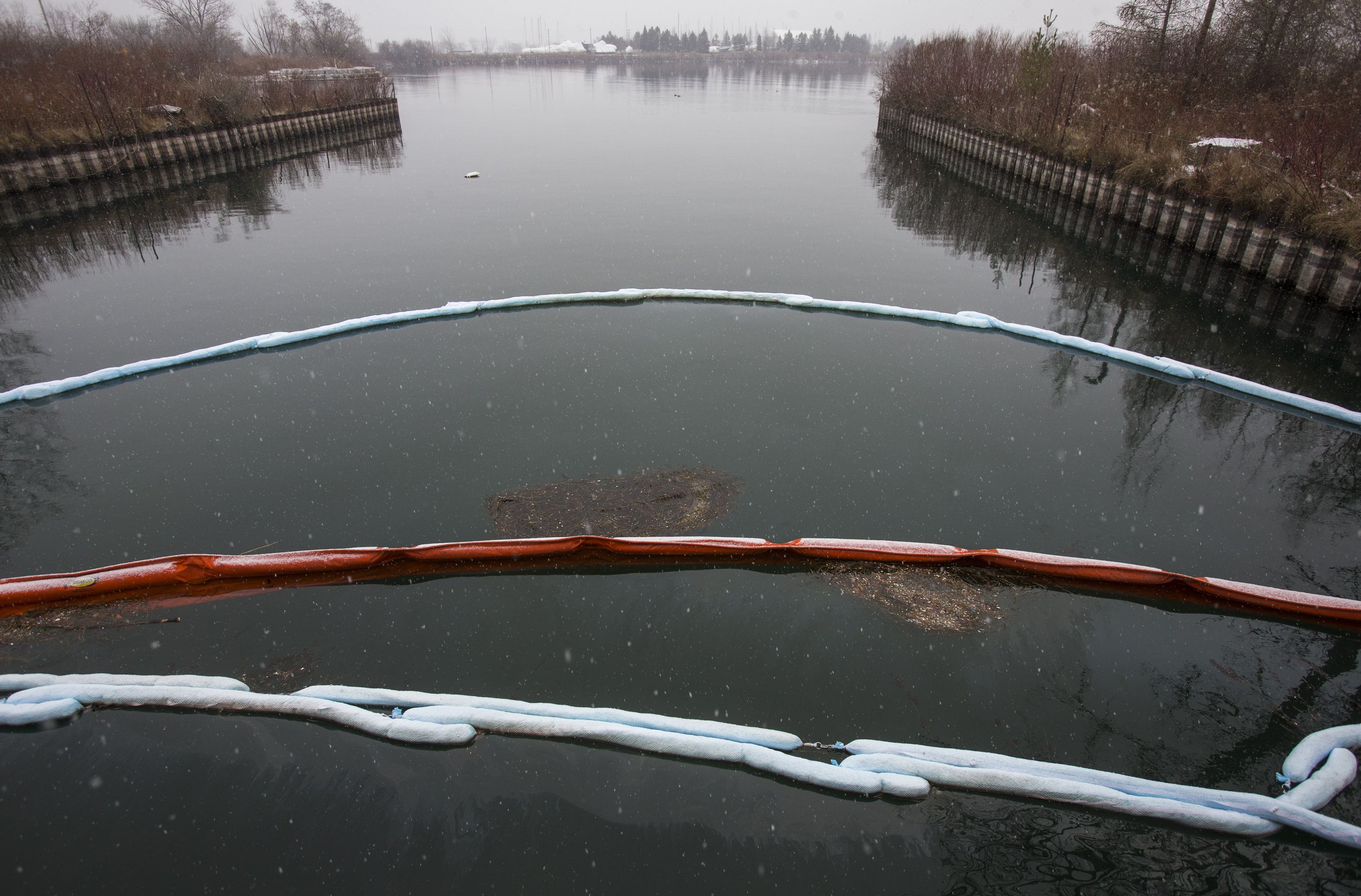https://vimeo.com/236422314
Sinixt Laws & The Language of Water
Sinixt Elder & Matriarch, Marilyn James, speaks to the two laws of the Sinixt Nation which guide our relationships with each other, the land and all life. She then elaborates deeper into the fundamental relations with Water and how those relations influence culture.
Sinixt Nation is the collective group of indigenous human-beings who are the sovereign indigenous caretakers of Sinixt tum-ula7xw (mother-earth), located in the area now known as "the interior plateau of BC, Canada". Sinixt territory extends North of "Revelstoke, BC", crosses a international boundaries to "Kettle Falls, Washington" in the south, to the Monashee Ridge in the West, and in the east and is traditionally all the way from the Rocky Mountain Ridge encompassing the entirety of the headwaters of the "shwan-etk-qwa" (Columbia River) . Sinixt Nation are the traditional gatekeepers to the lands which lead to the grease trails to Blackfoot territory to the east. Sinixt Nation puts our land, our water, our ancestors and our ways before economics.
Sinixt Laws & The Language of Water
Sinixt Elder & Matriarch, Marilyn James, speaks to the two laws of the Sinixt Nation which guide our relationships with each other, the land and all life. She then elaborates deeper into the fundamental relations with Water and how those relations influence culture.
Sinixt Nation is the collective group of indigenous human-beings who are the sovereign indigenous caretakers of Sinixt tum-ula7xw (mother-earth), located in the area now known as "the interior plateau of BC, Canada". Sinixt territory extends North of "Revelstoke, BC", crosses a international boundaries to "Kettle Falls, Washington" in the south, to the Monashee Ridge in the West, and in the east and is traditionally all the way from the Rocky Mountain Ridge encompassing the entirety of the headwaters of the "shwan-etk-qwa" (Columbia River) . Sinixt Nation are the traditional gatekeepers to the lands which lead to the grease trails to Blackfoot territory to the east. Sinixt Nation puts our land, our water, our ancestors and our ways before economics.


